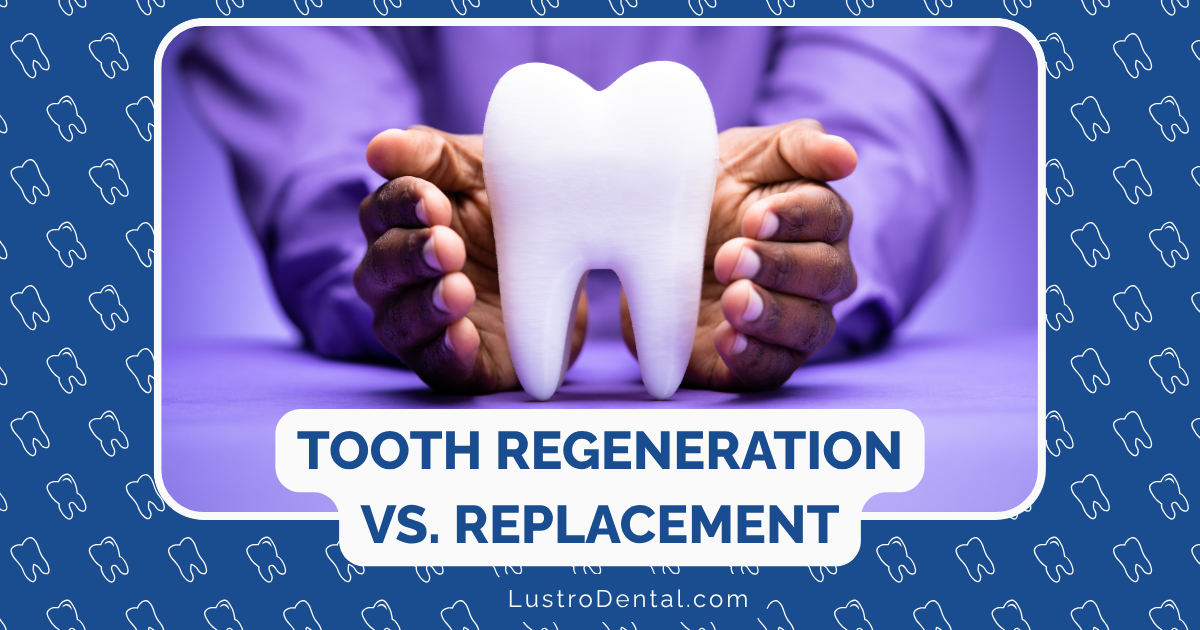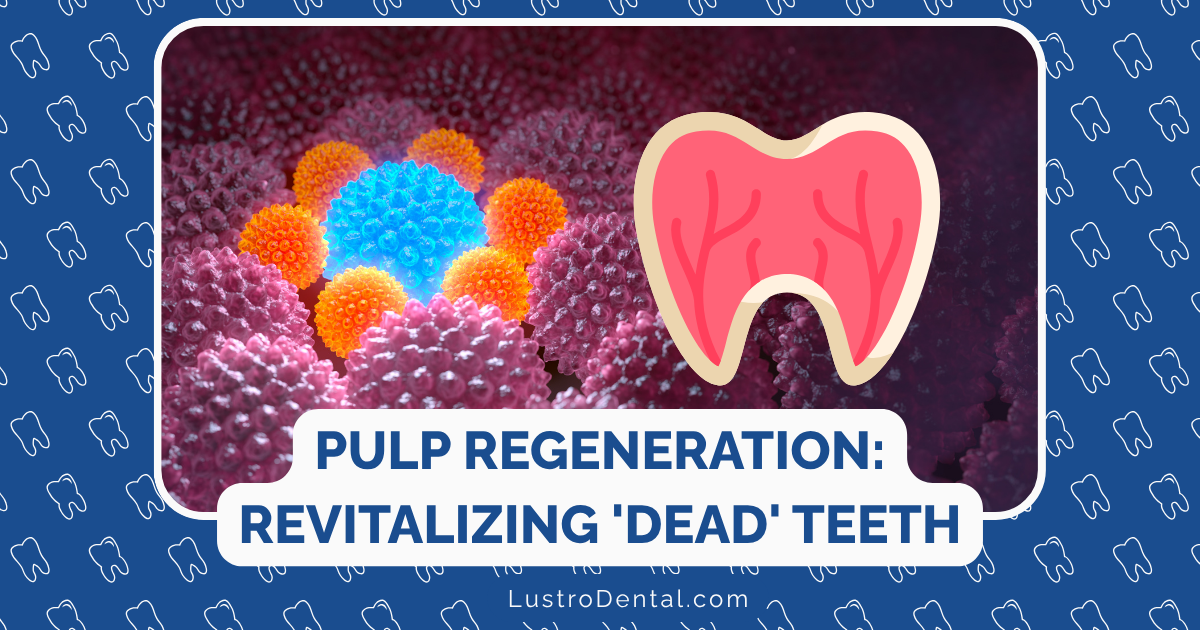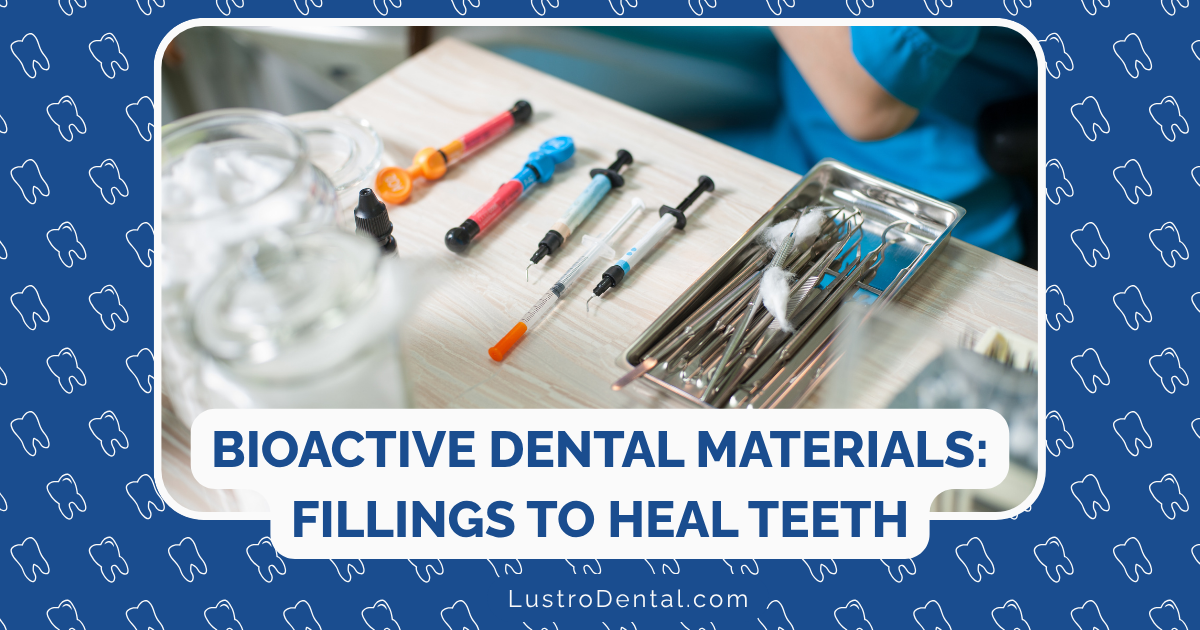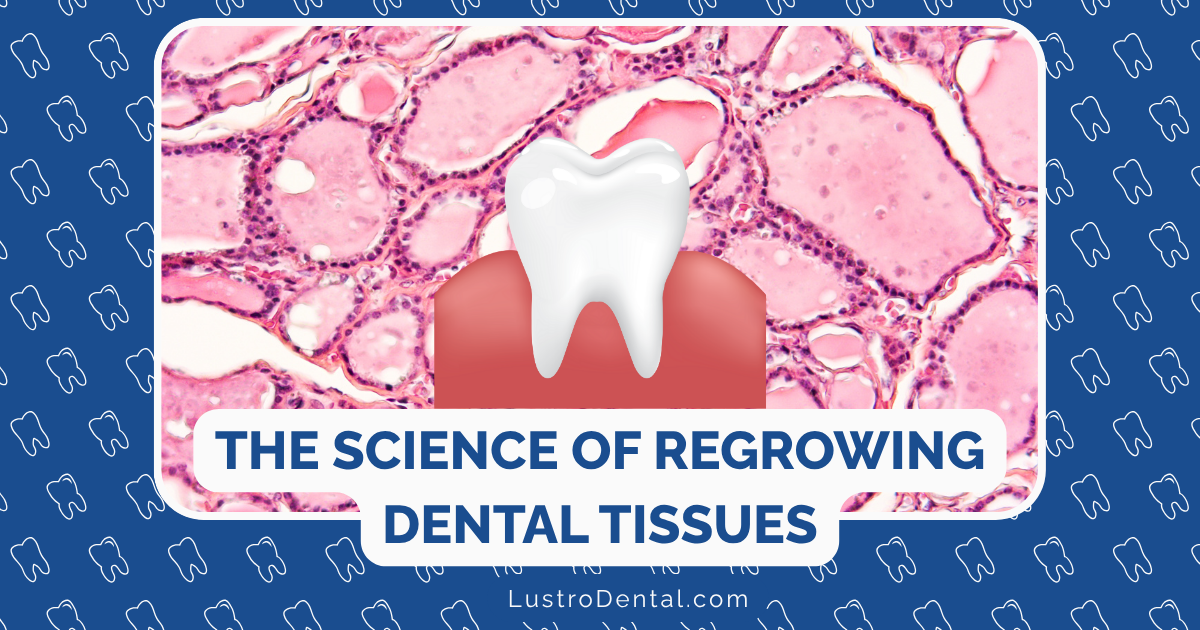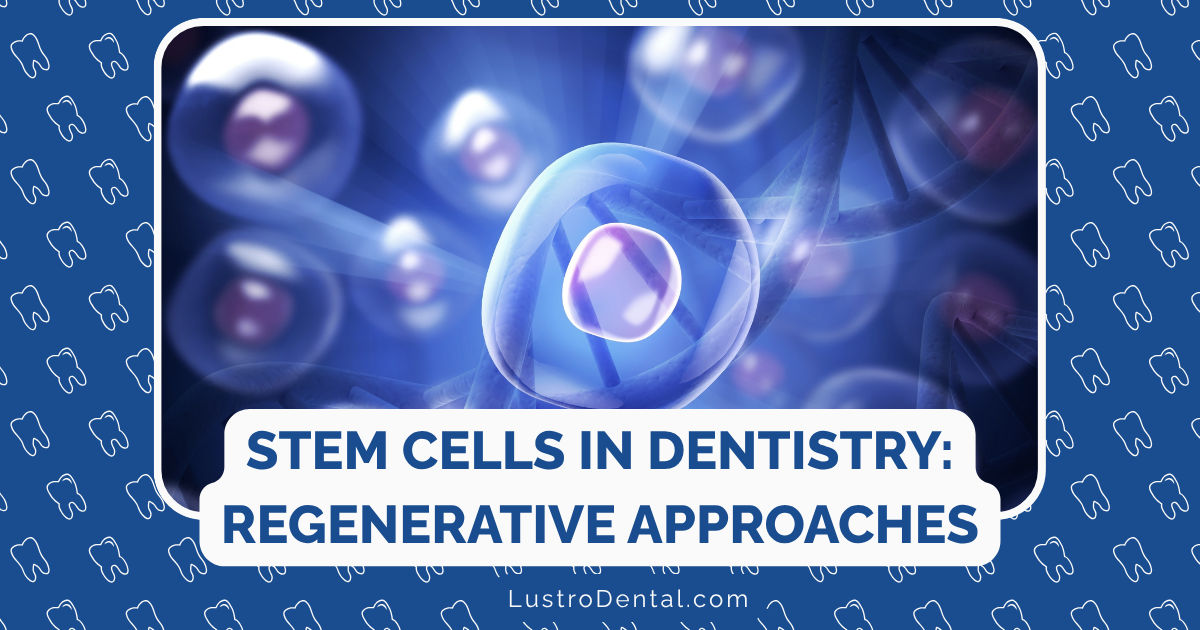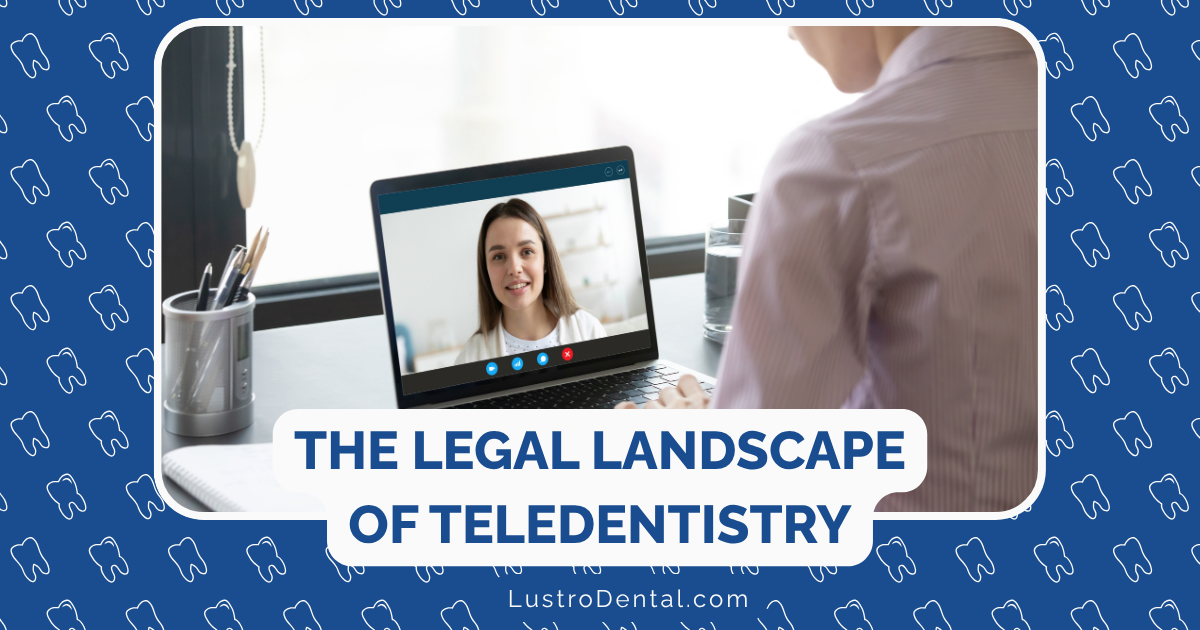Laser Applications in Cosmetic Dentistry: Precision Gum Contouring and More
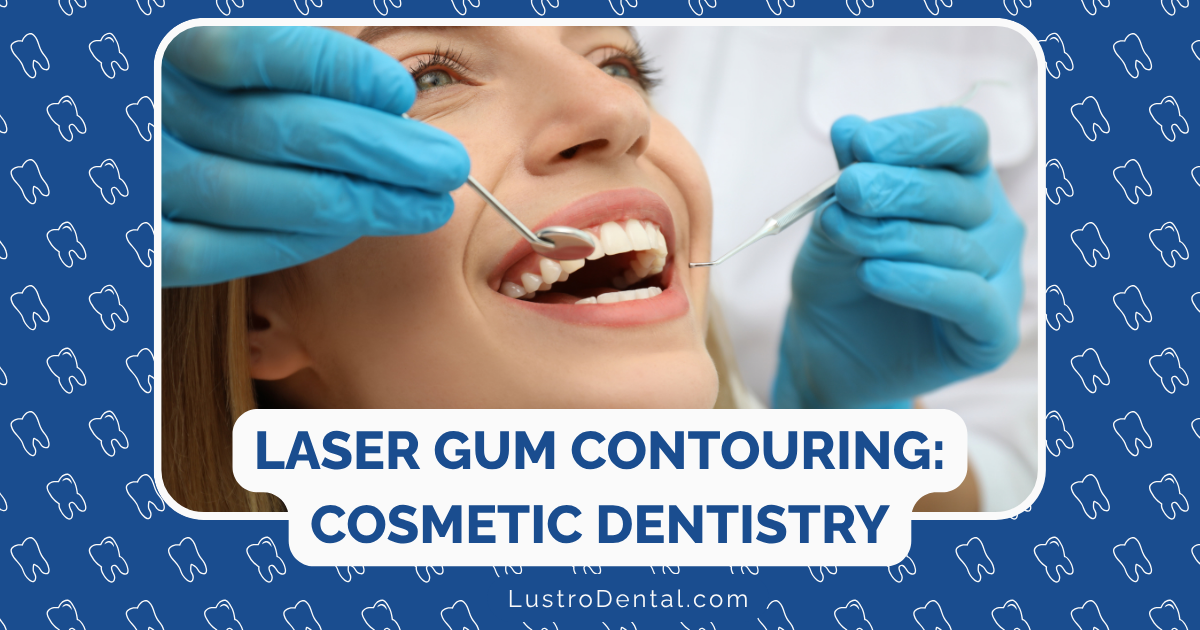
When we think about a beautiful smile, we often focus on the teeth—their color, alignment, and shape. However, the framework around those teeth—your gums—plays an equally crucial role in your smile’s overall appearance. Advances in laser technology have revolutionized cosmetic dentistry, offering precise, comfortable solutions for enhancing the gum-to-tooth relationship and more. Among these innovations, laser gum contouring stands out as a transformative procedure that can dramatically improve your smile’s aesthetics with minimal discomfort and downtime.
The Role of Gums in Smile Aesthetics
Before diving into treatment options, it’s important to understand how gums affect your smile. According to the American Academy of Cosmetic Dentistry, an ideal smile displays a harmonious balance between teeth and gums. In the perfect aesthetic ratio:
- Only 1-3 millimeters of gum tissue should show above the teeth when smiling
- The gum line should follow a symmetrical, gently curved pattern
- Each tooth should have a proper height-to-width ratio, with adequate tooth structure visible
When this balance is disrupted, it can lead to what dentists call a “gummy smile” or uneven gum line, which affects approximately 10% of adults between 20 and 30 years old, according to research published in the Journal of Esthetic and Restorative Dentistry.
Understanding Gum Irregularities
Several factors can contribute to gum aesthetic concerns:
1. Genetic Factors
Some people naturally have more gum tissue or an irregular gum line due to genetics. This can result in teeth that appear short, even though they’re actually normal-sized but partially covered by excess gum tissue.
2. Medications and Health Conditions
Certain medications, particularly those containing phenytoin (used for seizures), cyclosporine (an immunosuppressant), and some calcium channel blockers (for heart conditions), can cause gum overgrowth. This condition, known as gingival hyperplasia, can significantly alter your smile’s appearance.
3. Improper Tooth Eruption
Sometimes teeth don’t fully emerge from the gums during development, leaving them partially covered and appearing shorter than they should be.
4. Jaw Development
The way the upper jaw develops can affect how much gum tissue is displayed when smiling. An excessive vertical growth pattern of the maxilla (upper jaw) often results in a gummy smile.
5. Lip Positioning and Mobility
Some individuals have a naturally high lip line or hyperactive upper lip muscles that retract more than average when smiling, revealing more gum tissue.
Laser Gum Contouring: The Modern Approach
Traditionally, reshaping the gum line required scalpels and sutures—a process that was more invasive, less precise, and involved significant recovery time. Today, dental lasers have transformed this procedure into a more comfortable, precise experience with faster healing.
How Laser Gum Contouring Works
Dr. Samuel Lee, a cosmetic dentist specializing in laser procedures, explains: “Laser gum contouring uses concentrated light energy to precisely sculpt the gum tissue. The laser simultaneously cuts and cauterizes, allowing for incredible precision while minimizing bleeding and promoting faster healing.”
The procedure typically follows these steps:
- Consultation and Planning: The dentist evaluates your smile and gum-to-tooth proportions, often using digital imaging to show potential results.
- Preparation: A topical anesthetic is applied to ensure comfort, though many patients report minimal discomfort even without anesthesia due to the laser’s gentle nature.
- Contouring Process: Using the laser handpiece, the dentist carefully reshapes the gum line according to the predetermined plan. The laser seals blood vessels as it works, resulting in minimal bleeding.
- Refinement: The dentist checks the symmetry and aesthetics of the new gum line, making any necessary adjustments.
The entire procedure usually takes between 30 minutes to an hour, depending on how many teeth are being treated.
Beyond Gum Contouring: Other Cosmetic Applications of Dental Lasers
While gum contouring is perhaps the most well-known cosmetic application of dental lasers, these versatile tools offer several other aesthetic benefits:
1. Treating “Black Triangles”
Small, dark triangular spaces between teeth near the gumline (known as “black triangles” or open gingival embrasures) can develop due to gum recession, bone loss, or the natural shape of teeth. According to the Journal of Periodontology, these affect up to 67% of adults over 20.
Lasers can be used to stimulate gum tissue growth and reshape the area, reducing or eliminating these spaces for a more aesthetically pleasing appearance.
2. Depigmentation for Gum Lightening
Some individuals have naturally darker gums due to melanin deposits. For those seeking a pinker, more uniform gum color, lasers can selectively target and reduce this pigmentation without damaging surrounding tissue.
Research published in the International Journal of Laser Dentistry shows that laser depigmentation provides longer-lasting results than traditional methods, with minimal discomfort and quick healing.
3. Crown Lengthening for Restorative Procedures
When preparing teeth for cosmetic restorations like veneers or crowns, sometimes additional tooth structure needs to be exposed. Laser crown lengthening precisely removes gum tissue and, if necessary, small amounts of bone to expose more of the tooth structure, allowing for better-fitting, more aesthetic restorations.
4. Frenectomy for Smile Enhancement
A prominent labial frenum (the tissue connecting the upper lip to the gum) can cause a gap between the front teeth or restrict lip movement. Laser frenectomy can quickly and comfortably modify this tissue, potentially improving smile aesthetics and function.
The Advantages of Laser Technology in Cosmetic Dentistry
The shift toward laser-based procedures in cosmetic dentistry is driven by several significant advantages:
1. Precision and Control
Lasers allow dentists to work with incredible precision, often at the microscopic level. This means more conservative treatment that preserves maximum healthy tissue while achieving optimal aesthetic results.
2. Minimal Discomfort
The Academy of Laser Dentistry reports that patients consistently rate laser procedures as more comfortable than traditional methods. Many procedures require less anesthesia, and some can be performed with just topical numbing.
3. Reduced Bleeding and Swelling
The laser’s energy seals blood vessels as it cuts, resulting in minimal bleeding during the procedure and reduced swelling afterward. This contributes to both comfort and visibility during treatment.
4. Accelerated Healing
Studies in the Journal of the American Dental Association have shown that laser-treated tissues often heal faster than those treated with traditional methods. The laser stimulates biostimulation at the cellular level, promoting quicker regeneration.
5. Lower Risk of Infection
Lasers sterilize as they work, killing bacteria in the treatment area and reducing the risk of post-procedure infection.
The Patient Experience: What to Expect
For those considering laser gum contouring or other cosmetic laser procedures, understanding the experience from consultation to recovery can help ease any concerns.
Before Treatment
A comprehensive consultation should include:
- Discussion of your aesthetic goals
- Examination of your gum and tooth proportions
- Review of your oral and overall health history
- Digital imaging or mockups to visualize potential results
- Explanation of the procedure, recovery, and expected outcomes
During the Procedure
Most patients report a surprisingly comfortable experience:
- Minimal or no anesthesia is often needed
- The procedure is typically quick (30-60 minutes for gum contouring)
- You may notice a slight warming sensation and the unique aroma of the laser interacting with tissue
- There’s no drilling noise or vibration
Recovery and Aftercare
The recovery period for laser gum procedures is notably shorter than traditional methods:
- Most patients return to normal activities immediately
- Mild sensitivity may persist for 24-48 hours
- A soft diet is recommended for the first day
- Special oral hygiene instructions will be provided
- Complete healing typically occurs within 1-2 weeks
Dr. Jennifer Martinez, a cosmetic dentist specializing in laser procedures, advises: “The most important aspect of recovery is following your dentist’s specific aftercare instructions. This ensures optimal healing and long-lasting results.”
Is Laser Cosmetic Dentistry Right for You?
While laser procedures offer numerous benefits, they’re not universally appropriate for everyone. Ideal candidates typically:
- Are in good overall oral health
- Have realistic expectations about outcomes
- Don’t smoke (smoking impairs healing)
- Don’t have certain medical conditions that affect healing
- Have aesthetic concerns that can be addressed with laser technology
A consultation with a dentist experienced in laser cosmetic procedures is the best way to determine if these treatments align with your specific needs and goals.
Investment Considerations
The cost of laser cosmetic dental procedures varies based on several factors:
- Geographic location
- Extent of treatment needed
- Dentist’s expertise and training
- Facility and technology used
According to the American Academy of Cosmetic Dentistry, laser gum contouring typically ranges from $300-$3,000, depending on how many teeth are treated. While purely cosmetic procedures are rarely covered by insurance, treatments that also address functional or health concerns may receive partial coverage.
Many dental practices offer financing options to make these procedures more accessible, recognizing their significant impact on confidence and quality of life.
The Future of Laser Cosmetic Dentistry
The field continues to evolve rapidly, with emerging technologies promising even more impressive results:
- Combination therapy approaches that integrate lasers with other advanced technologies
- AI-guided laser systems for unprecedented precision
- New wavelengths specifically optimized for cosmetic applications
- Minimally invasive alternatives to traditional cosmetic dental procedures
Dr. William Greenberg, researcher at the Center for Dental Innovation, predicts: “Within the next decade, we’ll likely see laser-based procedures become the standard of care for most cosmetic dental treatments, offering results we can only dream of today with even less intervention.”
Conclusion: Transform Your Smile with Laser Precision
Laser applications in cosmetic dentistry—particularly gum contouring—represent a perfect marriage of art and technology. These procedures allow for the precise, comfortable enhancement of your smile’s frame, creating harmony between your teeth and gums.
If you’ve been hesitant about cosmetic dental procedures due to concerns about discomfort or recovery time, laser options may provide the gentle yet effective solution you’ve been seeking. With minimal downtime and impressive results, they’re helping more people than ever achieve the confident, balanced smiles they desire.
As with any dental procedure, the key to success lies in choosing an experienced provider with specific training in laser dentistry and a proven track record of aesthetic results. When skill meets technology, the transformation can be truly remarkable.
Have you experienced laser cosmetic dentistry? Share your experience in the comments below!


